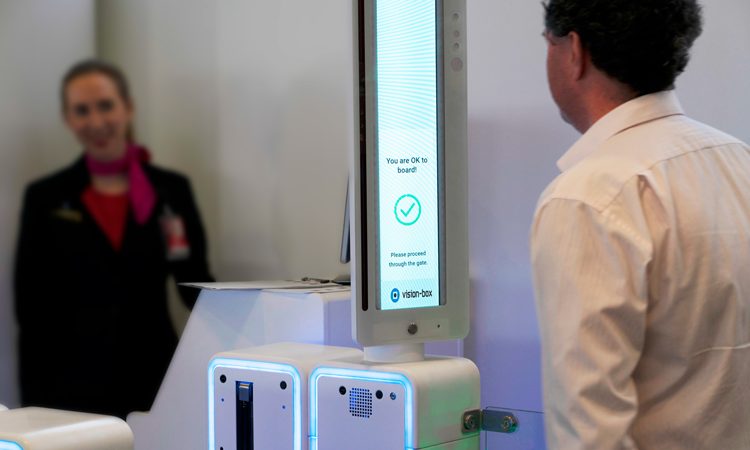Seamless identity management: A new path for hygienic transactions?
Posted: 2 April 2020 | Vision-Box | No comments yet
Discover how seamless identification technology can help to prevent the transmission of pathogens at airports.
Due to the continuous growth of global travel, the risk and facilitation of the quick spread of person-to-person or surface-to person transmissible pathogens at airports is steadily increasing. The hard and smooth surfaces of clearance touchpoints used by travellers can be a major contributor to pathogen transmission, since these surfaces transmit microbes much more efficiently than soft surfaces.
Reducing this method of communicable disease transmission represents an important challenge for airports and airlines. Current global travel patterns, higher passenger numbers and increased capacity demand are some of the reasons that the aviation industry plays such an important role in reducing the transmission of communicable diseases.
Related content from this organisation
- Travelling in ‘DigiYatra’ style
- Vision-Box sponsors live debates on the effects of COVID-19 on the aviation industry
- Seamless identity management: A new path for hygienic transactions?
- Gatwick Airport implements a seamless flow ecosystem
- Enhancing citizen experience by pioneering digital identities across industries
Related topics
Airport crisis management, Biometrics, Passenger experience and seamless travel, Terminal operations



















